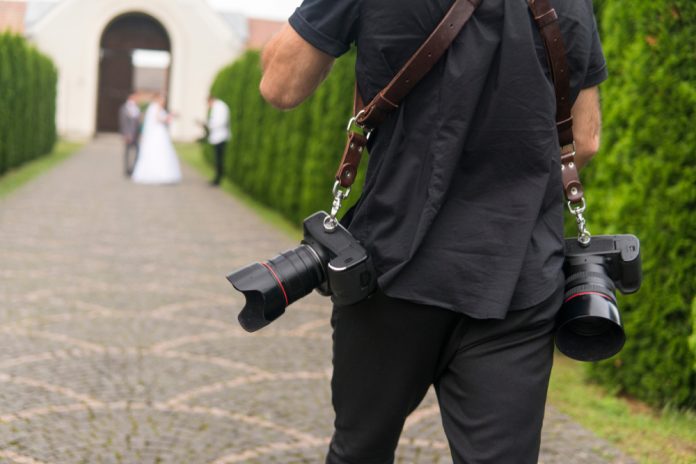Capturing the energy of a live concert, the intimacy of a wedding, or the fast-paced action of a corporate event requires more than just a steady hand. The right event photography camera can transform fleeting moments into lasting memories, ensuring you never miss a critical detail. Choosing the best camera for these settings is a blend of understanding technical specifications and knowing how you work as a photographer.
Event photography presents unique challenges: low-light venues, rapidly moving subjects, and unpredictable environments. These factors demand a camera that balances speed, accuracy, and versatility. From focusing systems that lock onto moving subjects to sensors capable of handling dim lighting without excessive noise, the best cameras give you the tools to work confidently under pressure.
While brand-new cameras are enticing, many photographers find that pre-owned gear offers excellent value without compromising performance. Platforms like MPB make it easy to explore tested, reliable equipment at a reduced cost. This article will guide you through the essential features, the top cameras, and practical tips for finding high-quality pre-owned options, ensuring you’re ready for any event.
Table of Contents
- Understanding Event Photography Needs
- Key Features to Look for in an Event Photography Camera
- Best Mirrorless and DSLR Event Photography Cameras
- Lenses and Accessories that Elevate Event Shots
- Finding High-Quality Cameras at Reduced Prices
- Tips for Buying Pre-Owned Gear Safely
- Making a Smart Choice for Your Event Photography Camera
- FAQ
Understanding Event Photography Needs
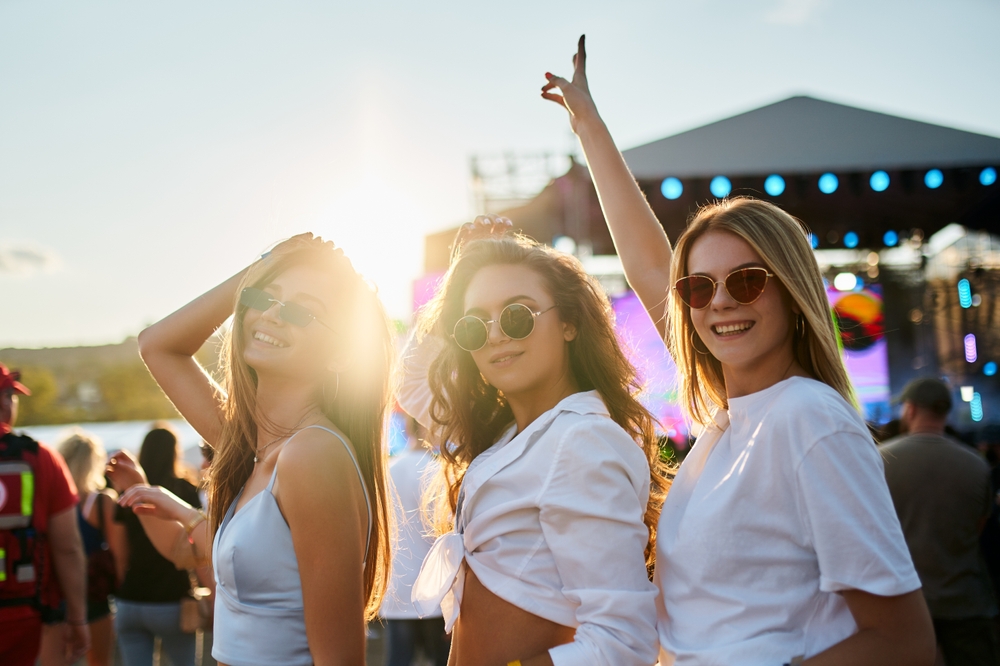
Photo by Artie Medvedev via Shutterstock
Event photography demands a camera that can handle a range of challenging conditions. Whether it’s a dimly lit banquet hall or an outdoor music festival, capturing clear, vibrant images requires careful consideration of your gear. Event photography cameras are designed to deliver reliability in these unpredictable situations, helping photographers adapt quickly.
Beyond technical specs, versatility is critical. You might move from photographing a keynote speaker to capturing candid shots of attendees in a matter of minutes. A camera that can perform across these diverse scenarios makes your workflow smoother and minimizes missed opportunities.
Different events also require different approaches. Weddings often demand low-light performance and quiet shutter operation, while concerts might require a high burst rate and fast autofocus. Sports or corporate events prioritize capturing split-second action. Selecting an event photography camera that aligns with your typical assignments ensures your investment is practical and efficient.
Key Features to Look for in an Event Photography Camera
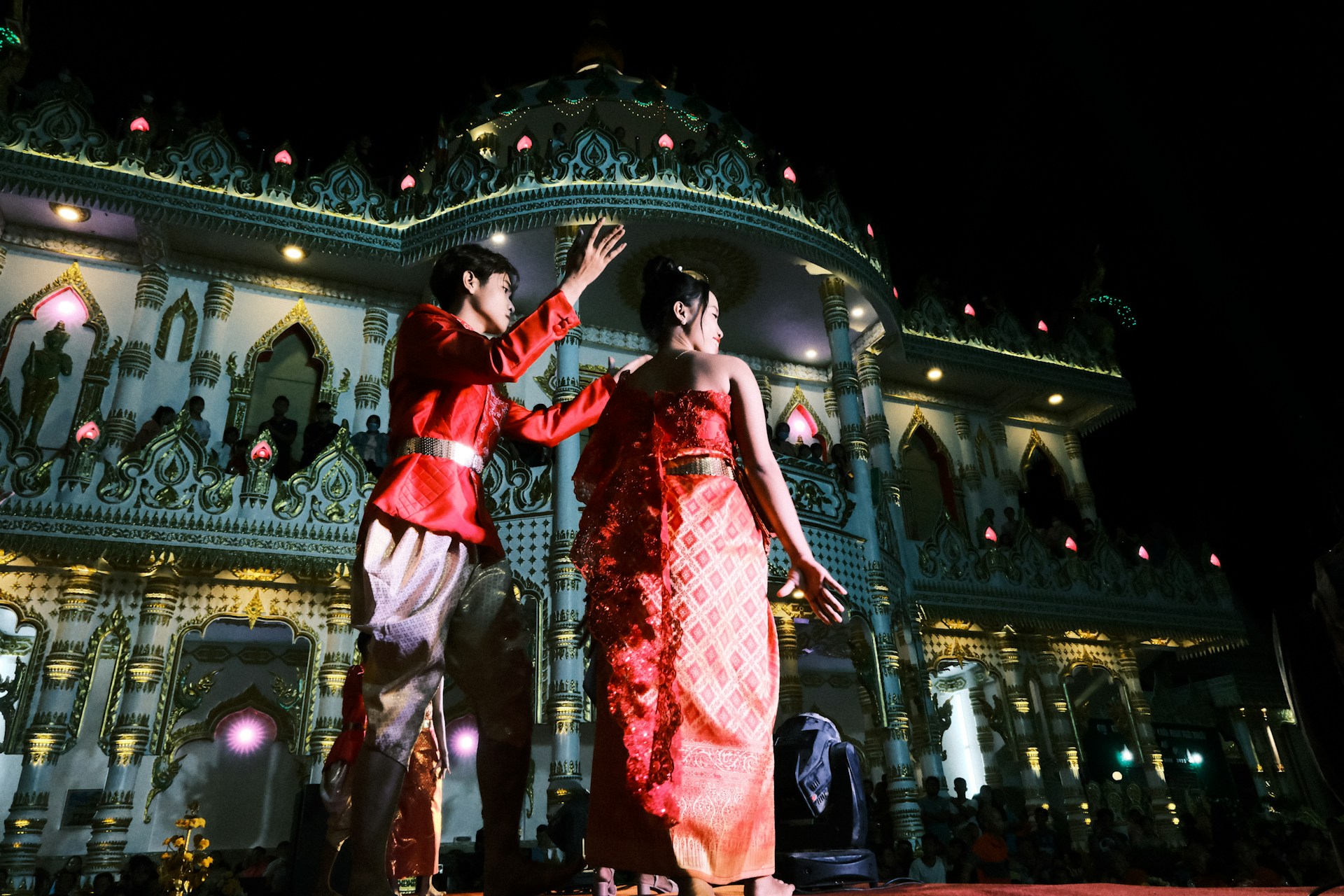
Photo by Trung Nhan Tran on Unsplash (license)
Choosing the right event photography camera starts with understanding the features that matter most. Autofocus performance is paramount; you need a system that can track moving subjects accurately in both low and high light. Advanced autofocus with face and eye detection is a significant advantage in fast-paced environments.
Low-light capability is another crucial consideration. Full-frame sensors generally offer better performance in challenging lighting, reducing noise at higher ISOs and preserving detail. This is essential for venues where lighting is minimal or inconsistent, like evening receptions or indoor concerts.
Burst rate and frame-per-second performance can make the difference between a perfect sequence and a missed moment. A camera that shoots 10-20 frames per second ensures you capture the peak of the action. Coupled with fast, responsive autofocus, this allows you to handle anything from dancing couples to sporting highlights.
Durability and ergonomics are often overlooked but essential. Weather sealing, comfortable grip, and long battery life mean you can shoot for extended periods without fatigue or concern about environmental conditions. Some photographers also value hybrid capabilities for video, giving them flexibility to record event highlights alongside stills.
Best Mirrorless and DSLR Event Photography Cameras
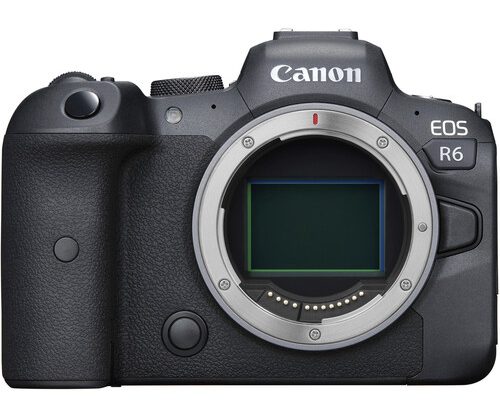
Not all cameras are built the same, and certain models consistently perform well in event photography. If you want professional performance, the Canon EOS R6 offers excellent low-light performance, rapid autofocus, and smooth ergonomics. It’s ideal for weddings, concerts, and other dynamic events.
The Nikon Z6 II is another favorite among event photographers. Its full-frame sensor delivers clean images in dim conditions, while the dual processors maintain fast autofocus and high-speed shooting. Meanwhile, the Sony a7 IV balances high-resolution images with superb tracking autofocus, making it versatile for both stills and video recording.
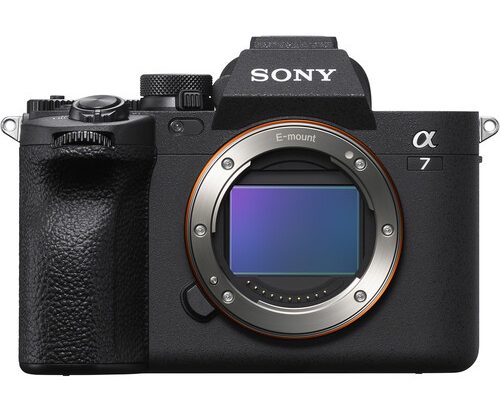
If you prefer DSLRs, the Canon 5D Mark IV remains a reliable option with a robust build, dependable low-light capability, and a wide range of compatible lenses. The Fujifilm X-T5 is ideal for photographers who value portability without sacrificing image quality, particularly for events where moving quickly is necessary.
While buying new can be appealing, many photographers find value in pre-owned cameras. Platforms like MPB allow you to access these models at reduced prices, offering a chance to own high-end equipment that might otherwise be out of reach. Each listing is tested and graded, giving you confidence in the camera’s performance.
Lenses and Accessories that Elevate Event Shots
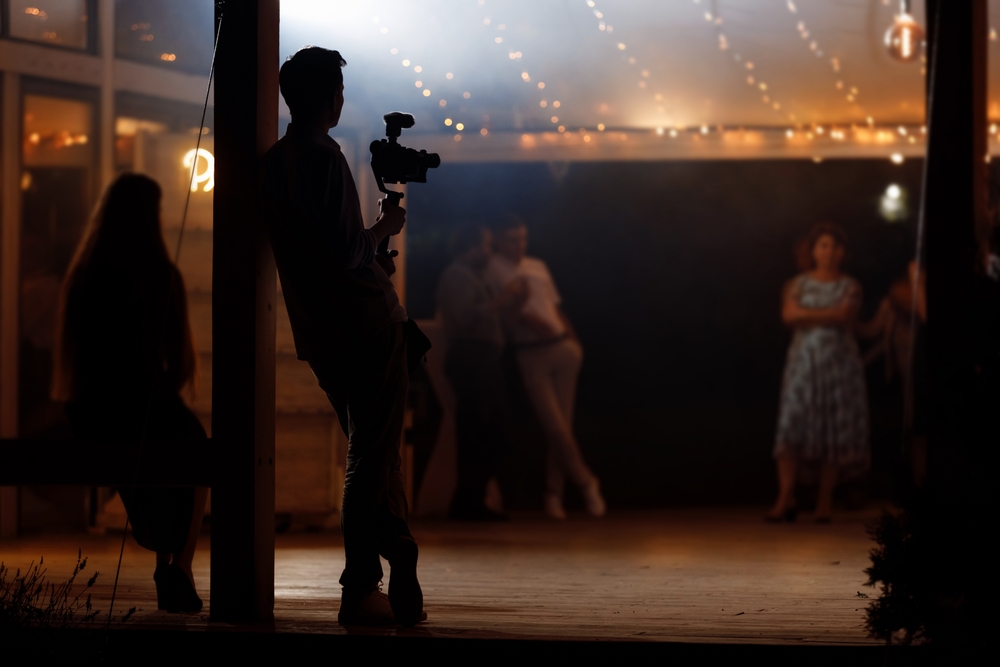
Photo by Andrii Medvediuk via Shutterstock
An event photography camera is only as effective as the lenses and accessories paired with it. Versatile lenses, such as fast primes or wide-aperture zooms, allow you to adapt to different lighting conditions and capture a range of perspectives without constantly switching gear.
External flashes are crucial for dimly lit spaces or nighttime events. Bounce techniques and diffusers create natural-looking light while minimizing harsh shadows. Additional tools like battery grips extend shooting time, while high-speed memory cards ensure that continuous shooting does not slow down your workflow.
Other accessories, including gimbals, tripods, and remote triggers, can enhance stability and composition. These tools allow you to experiment creatively and execute shots that might otherwise be challenging in hectic or crowded environments.
Finding High-Quality Cameras at Reduced Prices
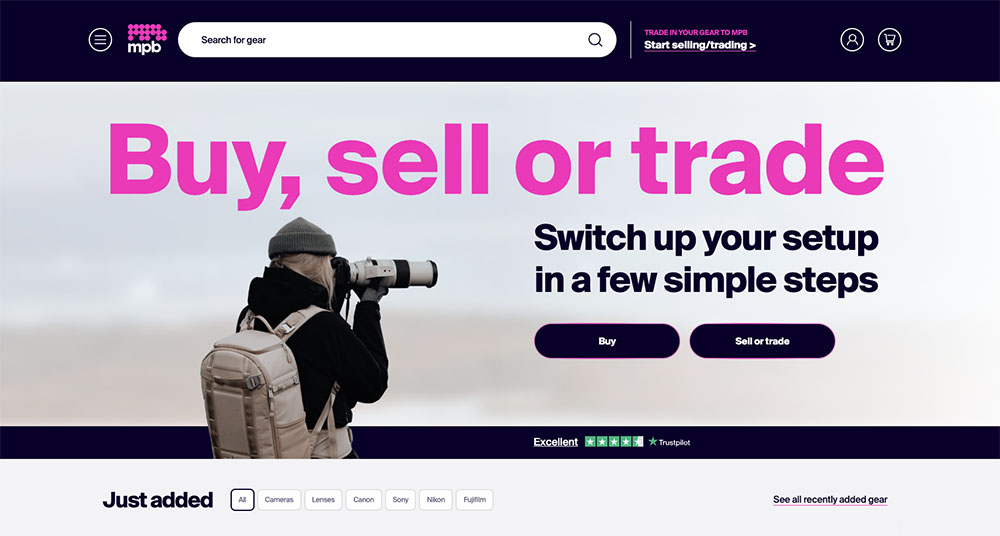
Pre-owned gear has become an essential part of many photographers’ strategies. High-quality event photography cameras often retain performance for years, making secondhand purchases an effective way to access professional-level equipment. You can save significantly compared to buying new while still securing reliable gear.
MPB, for example, offers a curated selection of pre-owned cameras that are thoroughly tested and graded. Photographers can find models that suit their needs without worrying about hidden issues. This approach opens doors to higher-end cameras or lenses that might otherwise be financially out of reach.
Buying pre-owned also has environmental benefits, reducing waste and supporting the reuse of resources. When paired with knowledge of camera features and performance, pre-owned gear ensures you can meet event photography demands without compromising on quality or budget.
Tips for Buying Pre-Owned Gear Safely
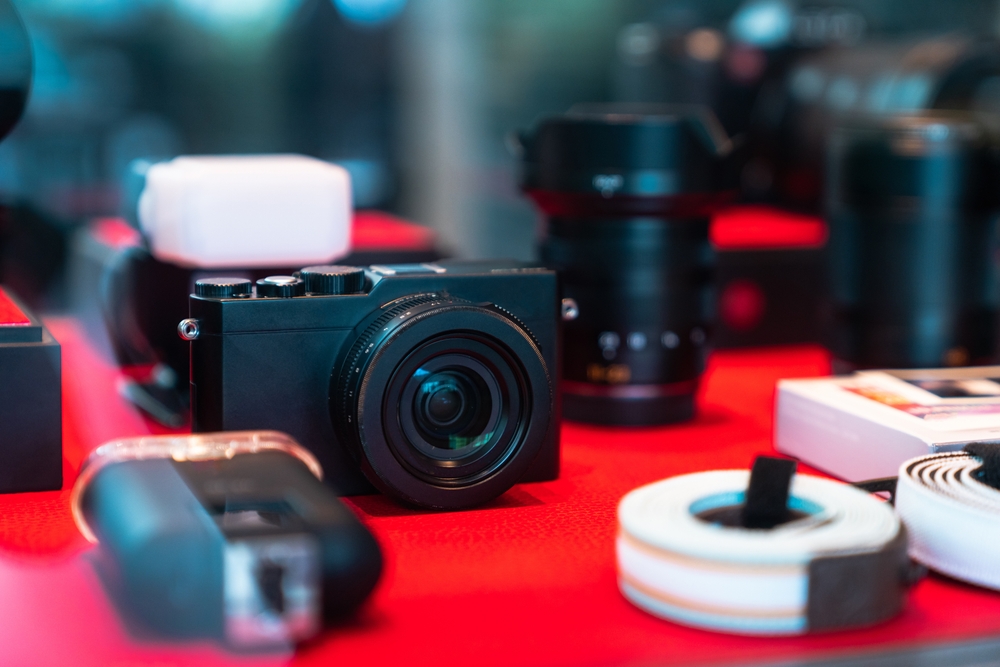
Photo by Kwan Kajornsiri via Shutterstock
When investing in a pre-owned event photography camera, due diligence is key. Check shutter counts, inspect the sensor for damage, and verify that all buttons and dials function correctly. Understanding the condition of the camera before purchase avoids surprises.
Review warranties and return policies carefully. Platforms like MPB often include limited warranties and detailed grading information, giving you extra assurance that your purchase is protected. This allows photographers to buy with confidence and focus on shooting rather than troubleshooting.
Purchasing pre-owned gear is also an opportunity to explore cameras or lenses you might not have considered new. It encourages experimentation and learning, especially for photographers growing into more advanced equipment.
Making a Smart Choice for Your Event Photography Camera

Photo by Evgenyrychko via Shutterstock
Selecting the right event photography camera involves balancing technical needs, personal shooting style, and budget. Prioritize features that directly impact your workflow: autofocus reliability, low-light performance, burst rate, and durability. Pairing these with versatile lenses and accessories ensures that you’re ready for any assignment.
Exploring pre-owned platforms like MPB provides access to professional-level cameras at reduced prices, allowing you to invest in higher-quality gear without overspending. By combining careful research, practical insights, and tested equipment, photographers can confidently handle a wide variety of events.
Ultimately, the best camera is one that meets your needs, feels comfortable in your hands, and performs consistently under pressure. Whether shooting a wedding, a music festival, or a corporate gathering, the right tools make the difference in capturing moments that resonate for years to come.
FAQ
What is the best event photography camera for low-light conditions?
Full-frame cameras like the Canon EOS R6, Nikon Z6 II, and Sony a7 IV excel in low-light environments due to their larger sensors and high ISO performance.
Can I use a crop-sensor camera for event photography?
Yes. Crop-sensor cameras can perform well, especially with fast lenses and good low-light capabilities. They are often lighter and more affordable than full-frame options.
Are pre-owned cameras reliable for professional events?
Pre-owned cameras from reputable platforms like MPB are thoroughly tested and graded, making them reliable choices for professional event photography when purchased carefully.
Which lenses work best with an event photography camera?
Fast primes and wide-aperture zooms are ideal, as they allow flexibility in varying lighting conditions and help capture sharp images quickly.
Do I need extra accessories for event photography?
Accessories such as external flashes, memory cards, tripods, and battery grips can improve efficiency and image quality, especially in challenging or long-duration events.
A quick heads-up: If you snag something through our affiliate links or check out our sponsored content, we might earn a commission at no extra cost to you. But fear not, we’re all about recommending stuff we’re truly stoked about!
Learn More:
- The Best Replacement for a Kit Zoom Lens
- Event Photography on a Budget: Gear and Setup Tips for Beginners
Hero photo by Volodymyr_Shtun via Shutterstock

